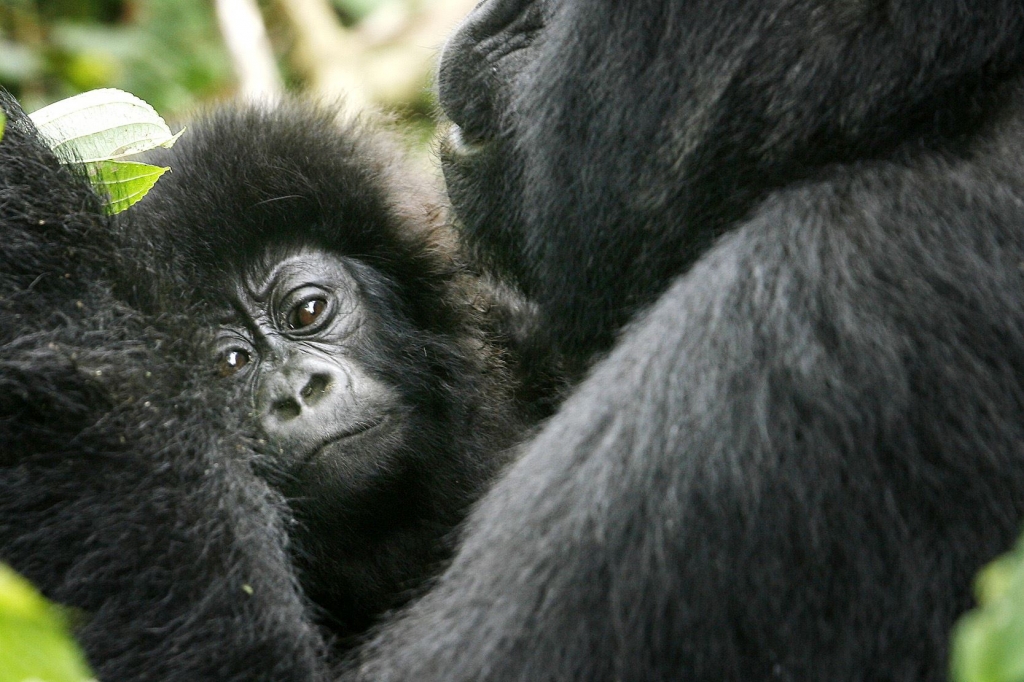-
Tips for becoming a good boxer - November 6, 2020
-
7 expert tips for making your hens night a memorable one - November 6, 2020
-
5 reasons to host your Christmas party on a cruise boat - November 6, 2020
-
What to do when you’re charged with a crime - November 6, 2020
-
Should you get one or multiple dogs? Here’s all you need to know - November 3, 2020
-
A Guide: How to Build Your Very Own Magic Mirror - February 14, 2019
-
Our Top Inspirational Baseball Stars - November 24, 2018
-
Five Tech Tools That Will Help You Turn Your Blog into a Business - November 24, 2018
-
How to Indulge on Vacation without Expanding Your Waist - November 9, 2018
-
5 Strategies for Businesses to Appeal to Today’s Increasingly Mobile-Crazed Customers - November 9, 2018
Giant panda is no longer endangered
The improvement for the giant panda (Ailuropoda melanoleuca) was announced as part of an update to the International Union for Conservation of Nature (IUCN) Red List, the world’s most comprehensive inventory of plants and animals.
Advertisement
The IUCN Red List now includes 82,954 species, of which almost 24,000 are threatened with extinction.
The population of the Eastern Gorilla – which consists of two subspecies – has fallen by more than 70 percent over the last two decades, largely due to illegal hunting for bushmeat and the destruction of their habitat.
Other species are not faring as well as the panda though, as the WWF also upgraded the Eastern gorilla to the critically endangered list. The giant panda’s “endangered” classification was downgraded amid rising numbers, but the eastern gorilla is now considered close to extinction. “Big populations ended up in some of the protected areas, which were relatively uninhabited”, said Mr. Robinson.
Since 1986, the species had been rated as “endangered”, but it has now been reduced to the lower category of “vulnerable” thanks to the success of breeding programmes around the world, especially in its native China. The Red List update assessed 38 of Hawaii’s endemic plant species as extinct, with four others listed as Extinct in the Wild, meaning they only occur in cultivation.
An undated photo of a wild giant panda.
“The change of the panda’s status on the Red List will help to alter the pessimistic view of the public when it comes to panda protection, as many still hold the outdated opinion that pandas are in grave danger”, Wei said.
IUCN said the Giant Panda population had grown due to effective forest protection and reforestation and a successful linking up of previously separated panda populations.
“We are driving our closest living relatives to extinction, which is sickening”, said M. Sanjanyan, Vice-President at Conservation International. The population has reduced by 24% in the past 14 years from around 660,000 to a current estimate of just over 500,000 animals.
“For over fifty years, the giant panda has been the globe’s most beloved conservation icon as well as the symbol of WWF”.
Carlo Rondinini, mammal assessment coordinator at Sapienza University of Rome, said nearly 28 per cent of mammals are threatened with extinction, three per centage points more than in the previous mammal assessment in 2008.
The act of illegal hunting and loss of habitats due to settlements and human activities has also pushed three separate species of antelope found in Africa to the listing of “near-threatened”. Mark’s cyanea and hairy wikstroemia, both endemic to the U.S. state, were both thought to be extinct but small numbers of each species were recently found, the Guardian reported. “Therefore, we’re not being alarmist by continuing to emphasize the panda species’ endangered status”.
Advertisement
“We are the only one species of great ape that is not threatened with extinction”, says Carlo Rondinini, who coordinates the IUCN’s Global Mammal Assessment Program. Twenty-eight percent of all mammals are under threat, compared to 25 percent eight years ago.





























